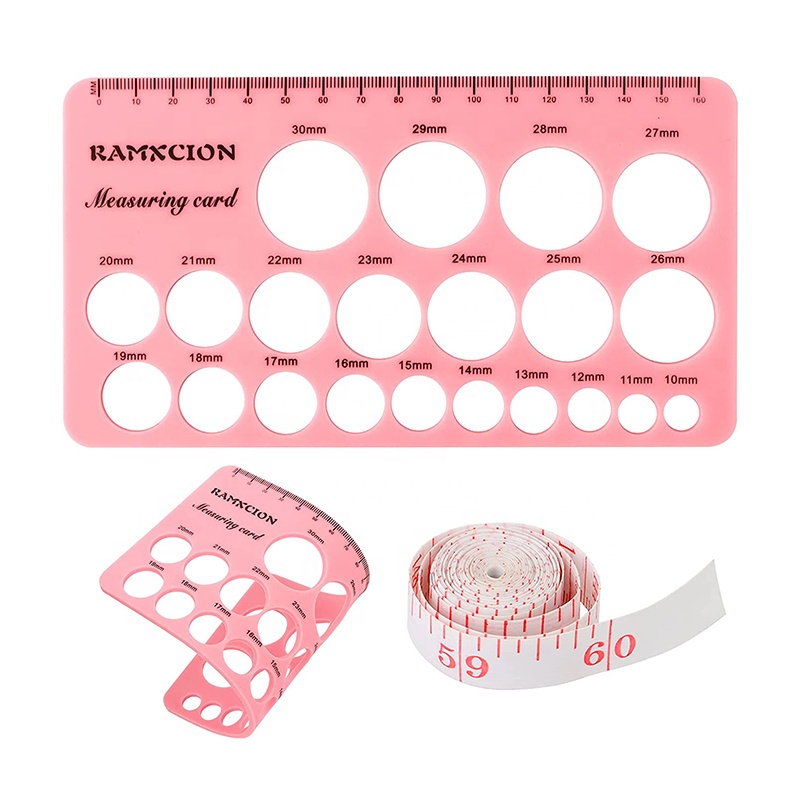Mold silicone production refers to the process of using silicone materials to make molds. Silicone is a highly elastic and high-temperature resistant material commonly used in making molds to replicate the shape and details of objects. The process of making a mold usually includes the following steps:
1. Preparation of prototype: Prepare prototype objects for mold production, which can be physical objects, sculptures, parts, etc.
2. Mold frame preparation: When making a mold, the prototype object needs to be placed in a fixed container, called the mold frame. The mold frame can be made of wood or other materials.
3. Silicone mixing: Mix the silicone material in a certain proportion and add catalysts as needed to promote the curing process.
4. Pouring silicone: Pour the mixed silicone into the mold frame to ensure complete coverage of the prototype object.
5. Curing: Waiting for silicone gel to cure usually takes several hours to several days, depending on the type and thickness of silicone used.
6. Demolding: Once the silicone is completely cured, the mold can be removed from the mold frame and the prototype object can be removed from the mold.
The above is the production of silicone molds, and silicone mold processing uses different types of steel as raw materials for processing molds; So this processing method usually involves the following steps:
1. Design and drawing: Design and draw according to the shape and size of the mold that needs to be made. This includes determining the geometric shape, size, and structure of the mold.
2. Material preparation: Select appropriate steel as the raw material for the mold according to design requirements. Different applications and needs may require different types and grades of steel, such as Tool steel, stainless steel, etc.
3. Processing and manufacturing: Using mechanical processing equipment such as milling machines, lathes, grinders, etc., the steel is cut, milled, drilled, and polished according to the design drawings to obtain mold parts that meet the design requirements.
4. Assembly and debugging: Assemble the processed mold parts and make necessary adjustments and adjustments to ensure the accuracy and functionality of the mold.
5. Surface treatment: Treat the surface of the mold as needed, such as heat treatment, hardening, polishing, etc., to improve the wear resistance, corrosion resistance, or appearance quality of the mold.
6. Complete the mold: After assembly and processing, the mold is completed. It can be used in various application fields such as injection molding, die-casting, and rubber product production.
It should be noted that steel processing silicone molds may be more time-consuming and complex compared to directly using silicone materials to make molds, requiring professional processing equipment and technology. Therefore, when choosing the method of making molds, it is necessary to evaluate and make decisions based on specific requirements and conditions.
Summary: The main difference between the production of silicone molds and the use of steel to process silicone molds lies in the raw materials used and the manufacturing process.
In the production of silicone molds, silicone materials are mainly used. Silicone is a highly elastic and high-temperature resistant material commonly used in making molds to replicate the shape and details of objects. The process of making molds involves steps such as mixing silicone, pouring silicone, curing, and demolding.
And using steel to process silicone molds uses different types of steel as raw materials for processing. This method requires processing operations such as cutting, milling, drilling, and polishing of steel to produce mold parts that meet design requirements. Finally, the silicone mold made of steel was completed through assembly, debugging, and surface treatment.
Therefore, the production of silicone molds mainly focuses on using silicone materials to make molds, while processing silicone molds with steel involves processing and manufacturing the steel to ultimately obtain silicone molds. There are significant differences between these two methods in terms of raw materials and production processes. The choice of method depends on specific requirements, production requirements, and available resources.
